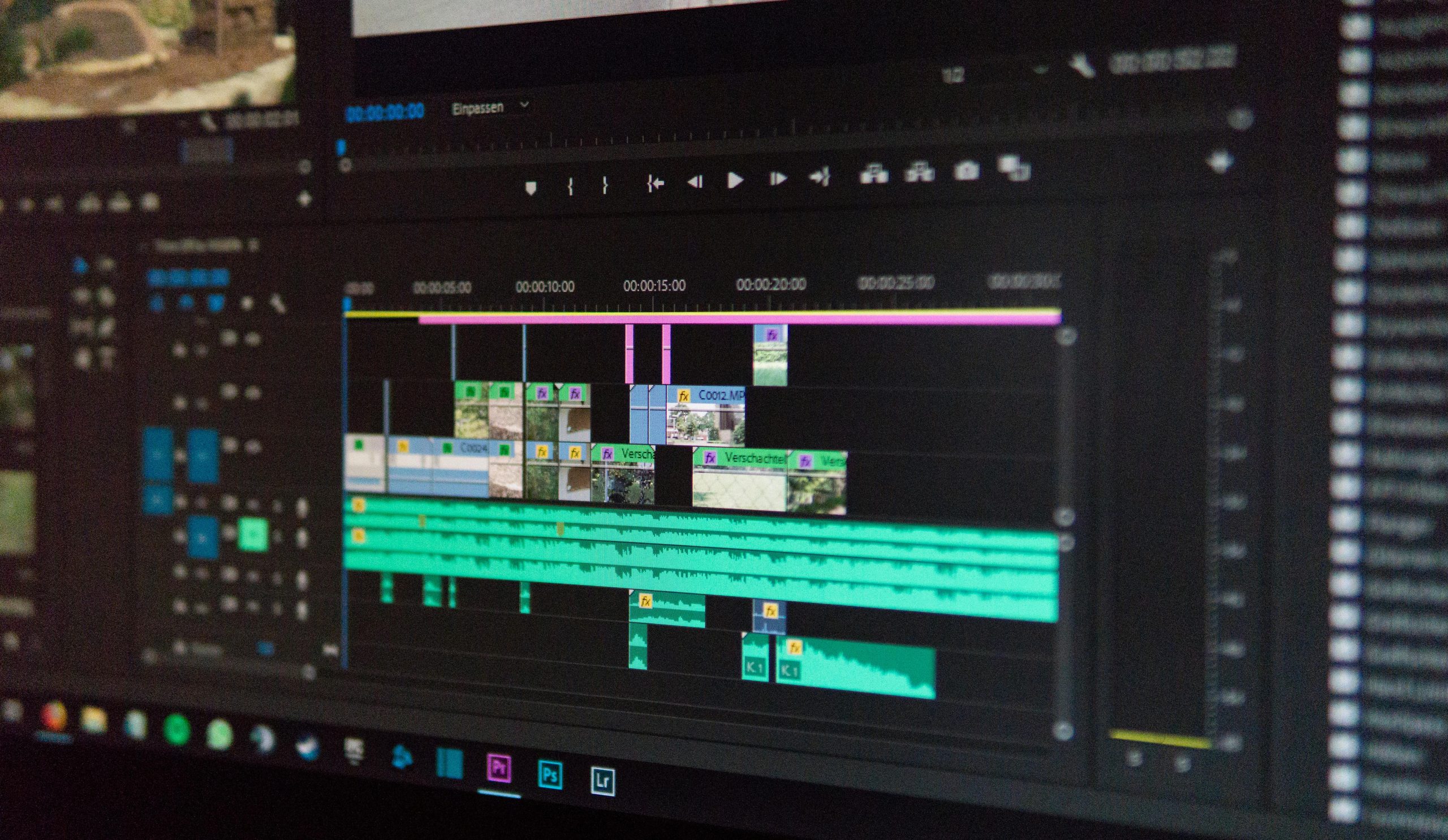Building an Open-Source CRM: Lessons Learned from 5 Months of Solo Development with Laravel and Livewire
Embarking on the journey to create an open-source Customer Relationship Management (CRM) system, I dedicated five months to turning an idea into a functional MVP—entirely as a solo developer. Reflecting on this experience, I’d like to share key insights, challenges faced, and the tech choices that helped streamline the process.
The Upsides of the Journey
One of the standout tools that accelerated my development was Filament, a modern admin panel framework. Tasks that normally would have taken weeks were completed in days. Its intuitive interface and powerful features made building admin interfaces significantly more efficient.
Combining Laravel with Livewire proved to be a game-changer. This combination allowed me to develop seamlessly without the need for a separate API layer or frontend framework. Everything stayed within the Laravel ecosystem, simplifying development and reducing complexity.
Additionally, modern PHP—especially with high typing standards (about 99.6% typed code) and strict static analysis via PHPStan at level 7—made writing and maintaining code not only manageable but enjoyable.
Confronting the Challenges
Custom fields were initially straightforward to implement, but performance issues surfaced when records contained over 50 fields. Page load times skyrocketed from around 250 milliseconds to over two seconds. The solution involved optimizing data retrieval through eager loading techniques and implementing effective caching, which restored acceptable performance.
Designing the application to serve “everyone” proved counterproductive. Instead, narrowing the target audience to small teams allowed me to focus on features that truly added value while avoiding unnecessary bloat.
It’s important to note that open-source projects are a labor of love. Maintaining and evolving the system demands ongoing commitment, often beyond initial development efforts.
Tech Strategies That Made a Difference
- Adhering to Laravel conventions—a somewhat boring approach, but one that paid dividends in speed and stability.
- Implementing PHPStan from the start—early static analysis caught numerous bugs, saving time and reducing future bugs.
- Using Filament for the administrative interface—saving considerable development time compared to building a custom admin panel.
A Realistic Perspective
Completing an MVP in five months feels both fast and slow. It’s fast in the sense that I now have a production-ready product. Conversely, every new feature takes approximately three times longer than expected because of careful development practices and quality assurance

